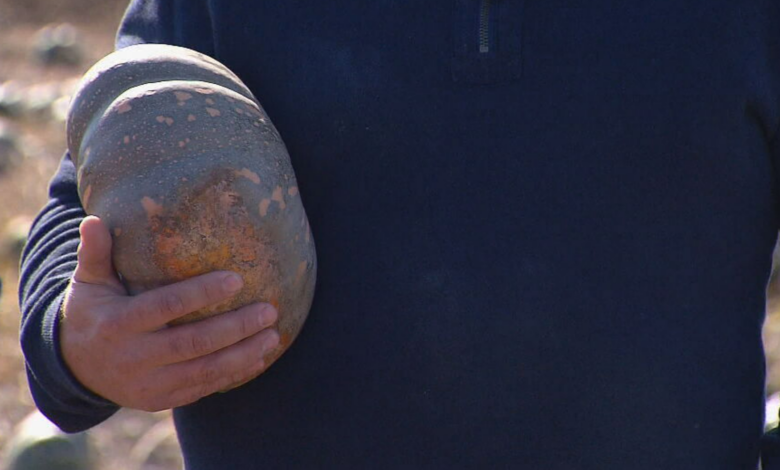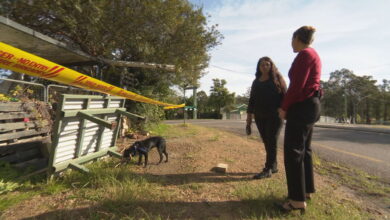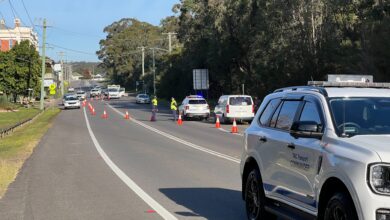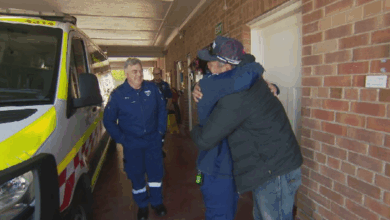Hunter pumpkin farmer gives up after 92 years

From paddock to plate and even the name of a football team – Maitland has long been home of the pumpkin.
But for the first time in more than ninety years, one local farmer is calling it quits… unable to grow the vegetable, as the varroa mite wreaks havoc, one year on from when it was first detected.
A spokesperson for the NSW DPI has released this statement:
Where NSW Department of Primary Industries (DPI) has confidence the mite is controlled, options such as the Nana Glen berry crop pollination plan may be considered.
This plan allows commercial beekeepers located in the general (blue) zone or the Nana Glen surveillance emergency (purple) zone to apply for permits to move registered European honeybee hives for pollination in the Nana Glen area.
It is important to note that every Pollination Plan is different and only those that guarantee proof of freedom from the mite and assurance that the introduced pest cannot spread will be considered.
Compromising these stringent safeguards would adversely impact our state’s $70 million Honey Industry and threaten our nation’s broader $14.2 billion Pollination-dependent industries.
Vegetable and fruit growers are represented in the Varroa mite response by AUSVEG, Apple and Pear Australia, Australian Melon Association, Passionfruit Australia, Raspberries and Blackberries Australia, Strawberries Australia and Summerfruit Australia.
Each of these organisations is represented on the National Management Group (NMG) which oversees the response.
NSW DPI is working with all industry groups through the National Management Group to make decisions which balance risk against business continuity.
Should growers have any concerns, these should be raised with their respective bodies on the NMG.




